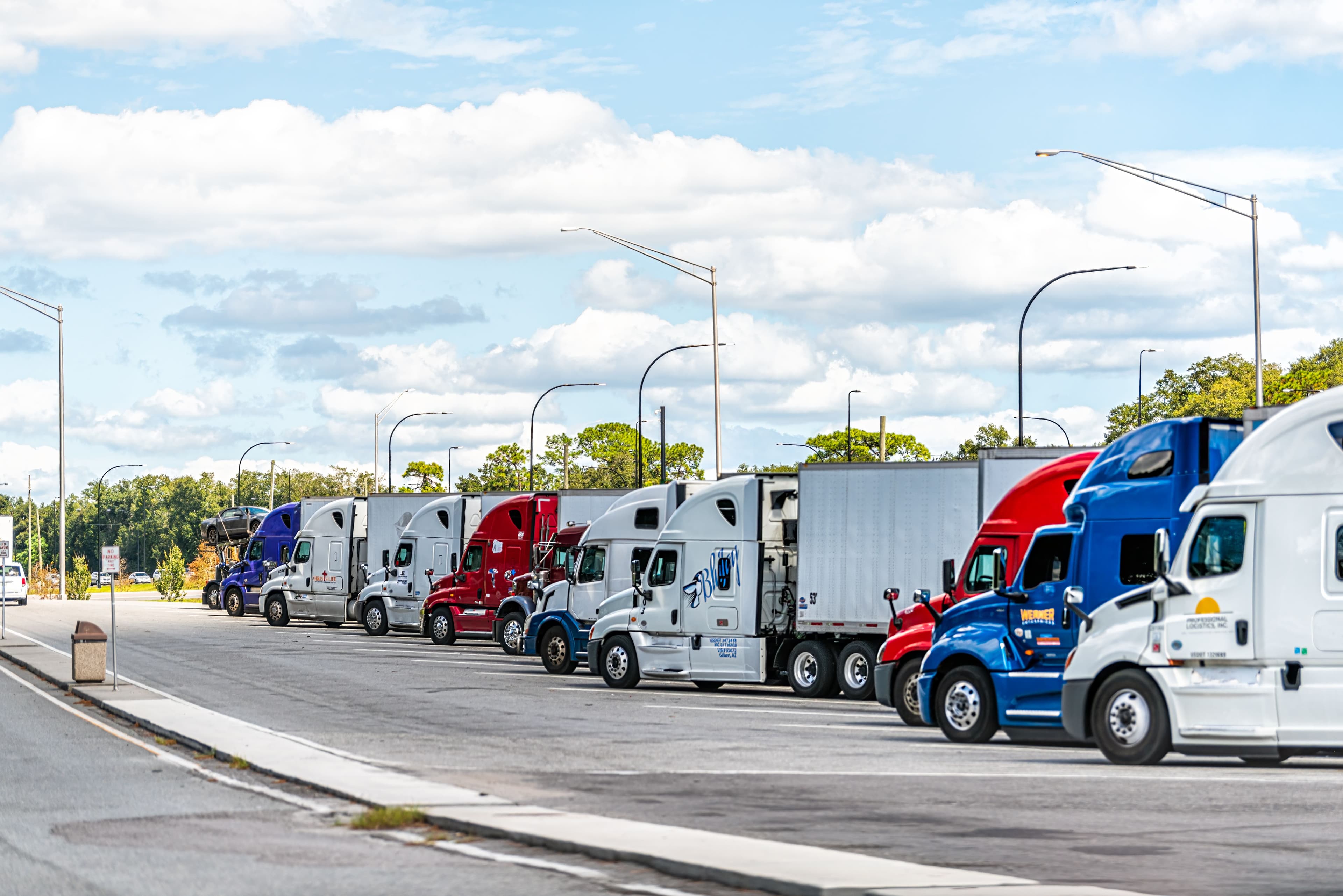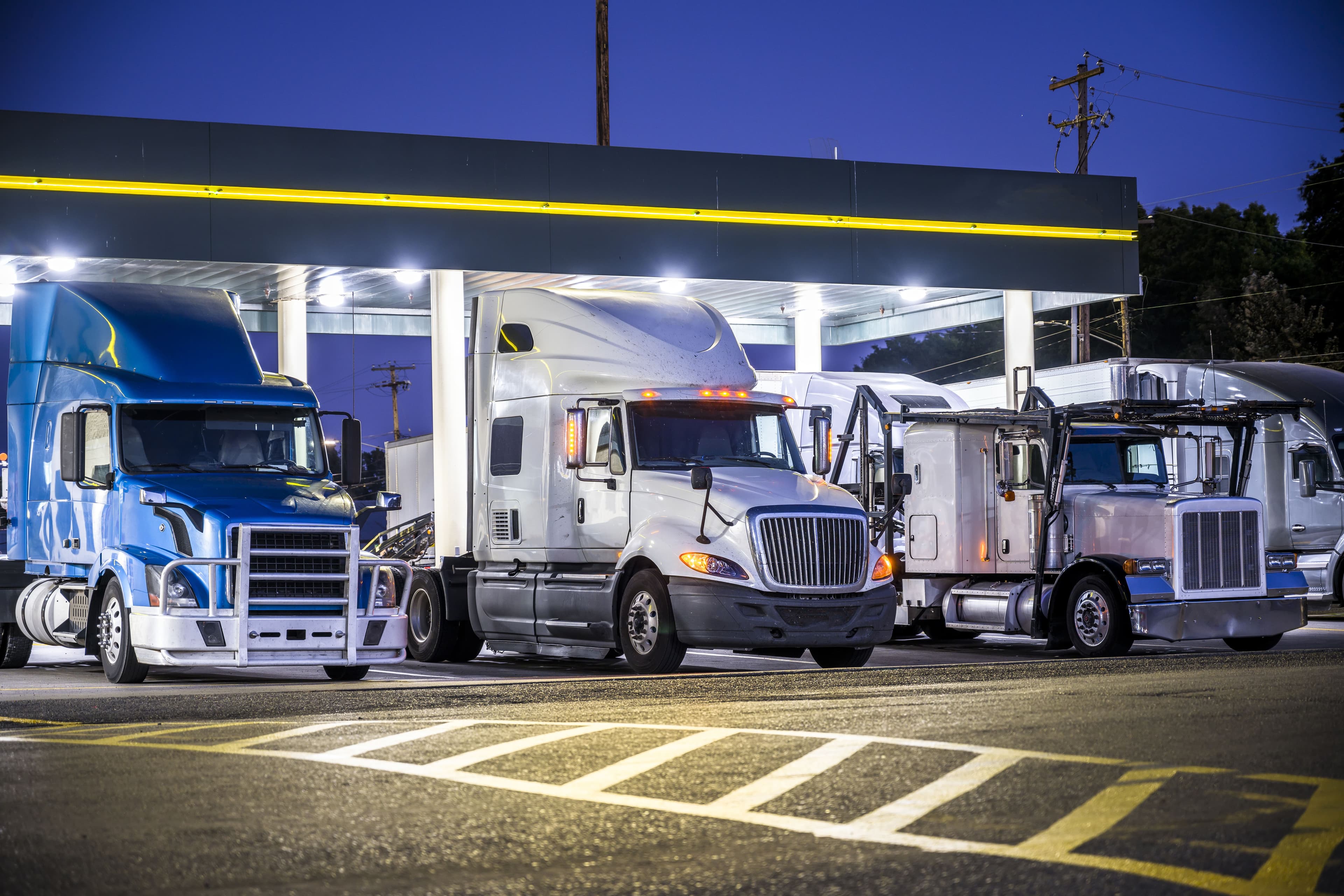How AI in Transportation will Accelerate Strategies in 2026

Trending
Top Posts
4 min read
July 13, 2020

Share:
Table of contents
Browse the table of contents to jump straight to the part you’re looking for
When we think about fuel costs—particularly transport diesel—we often think about the prices seen on signs as we drive down the highway. These prices at the pump represent one all-in, final cost incurred to move goods, but it does not tell the underlying story about why prices fluctuate, and how those fuel prices affect transportation budgets.
Diesel wholesale prices are comprised of a few key variables that influence price volatility at the station level. Understanding how the components embedded in a gallon of diesel vary by time and location keeps shippers well-informed about this complex cost so that they can create strategies that better manage these changes.

These are the four main buckets that contribute to the final wholesale diesel fuel price that shippers should pay to move their goods to market. Changes in one bucket will affect final the wholesale fuel price, so keeping a close eye on easy is essential to understanding the impact of fuel prices on transportation strategies. Traditional retail-based fuel reimbursement practices, however, mask these unique components.
Learn more about how to calculate the true cost of fuel, here.
Crude oil is arguably the world’s most vital commodity, with many factors contributing to price fluctuations in near-real-time. Crude oil accounts for 40-60 percent of the cost of diesel fuel on a per-gallon basis. This makes it the largest and most volatile component of a refined product’s price buildup. As a result, a strong relationship exists between the price of oil and the price of gasoline, and diesel – price spikes in one often correlate to price spikes in the other.
In 2020, crude oil prices plummeted as a response to diminished demand and increased production following the onset of COVID-19. This had a large influence on the low diesel price shippers and carriers experienced at this time.
Interested in understanding price drivers for crude oil? Read more in this blog.

After refineries input crude oil to manufacture into diesel, a selling price is established for the next buyer. The per-gallon price difference between the raw crude oil input into the refinery and the price of diesel is referred to as the refiner’s margin or crack spread. This margin varies based on refinery economics, planned or unplanned outages, facility location, and each facility’s operational costs.
Ultimately, a refiner’s margin is built into the per-gallon cost of diesel.
Next, diesel fuel delivery cost from the refinery gate to the storage terminal influences the final diesel price build-up. It is influenced by the mode of transportation used to complete the movement.
Distribution and storage account for the lowest individual cost in the diesel price buildup. The volume of diesel products stored and transported prior to its consumption makes this cost minimal.
The final leg of diesel price build-up is also a diesel fuel delivery cost transportation from the storage terminal to the fueling location. Tanker trucks are the most common form of delivery. Unfortunately, truck delivery is the costliest and least scalable form of refined product transportation.
In this portion of the buildup, taxes play a significant role in determining the price of diesel at the wholesale level because over-the-road taxes vary by location. The heatmap below highlights the diesel tax landscape across the U.S.

Tax variance by geography is one of the most significant elements of the diesel price buildup that will dictate the price of fuel in a shipper’s network and their differences by geography. This is important to watch and can be a reason why diesel fuel prices are affecting decisions shippers make regarding where and when their goods move.
Using true costs and accurate data brings transparency to a shipper’s fuel costs. Pairing this information with a firm understanding of the energy market and all its price influencers positions them with the most effective transportation budgeting strategy possible. A freight transport fuel price increase should not make or break a strategy, but rather provide an opportunity to employ active management of all cost components.

5 min read
December 31, 2025
Discover how to implement a mobile fueling program that boosts fleet efficiency and cuts costs. Our guide covers evaluation, partner selection, and integration.
Read more
5 min read
December 30, 2025
Build a robust fuel procurement strategy to control your fleet’s fuel costs. Our guide covers data analysis, sourcing tactics, and operational efficiencies.
Read more
8 min read
December 23, 2025
Navigate fuel surcharge rates with our expert guide. Discover how to calculate fair reimbursements and overcome the limits of traditional fuel surcharge models.
Read more